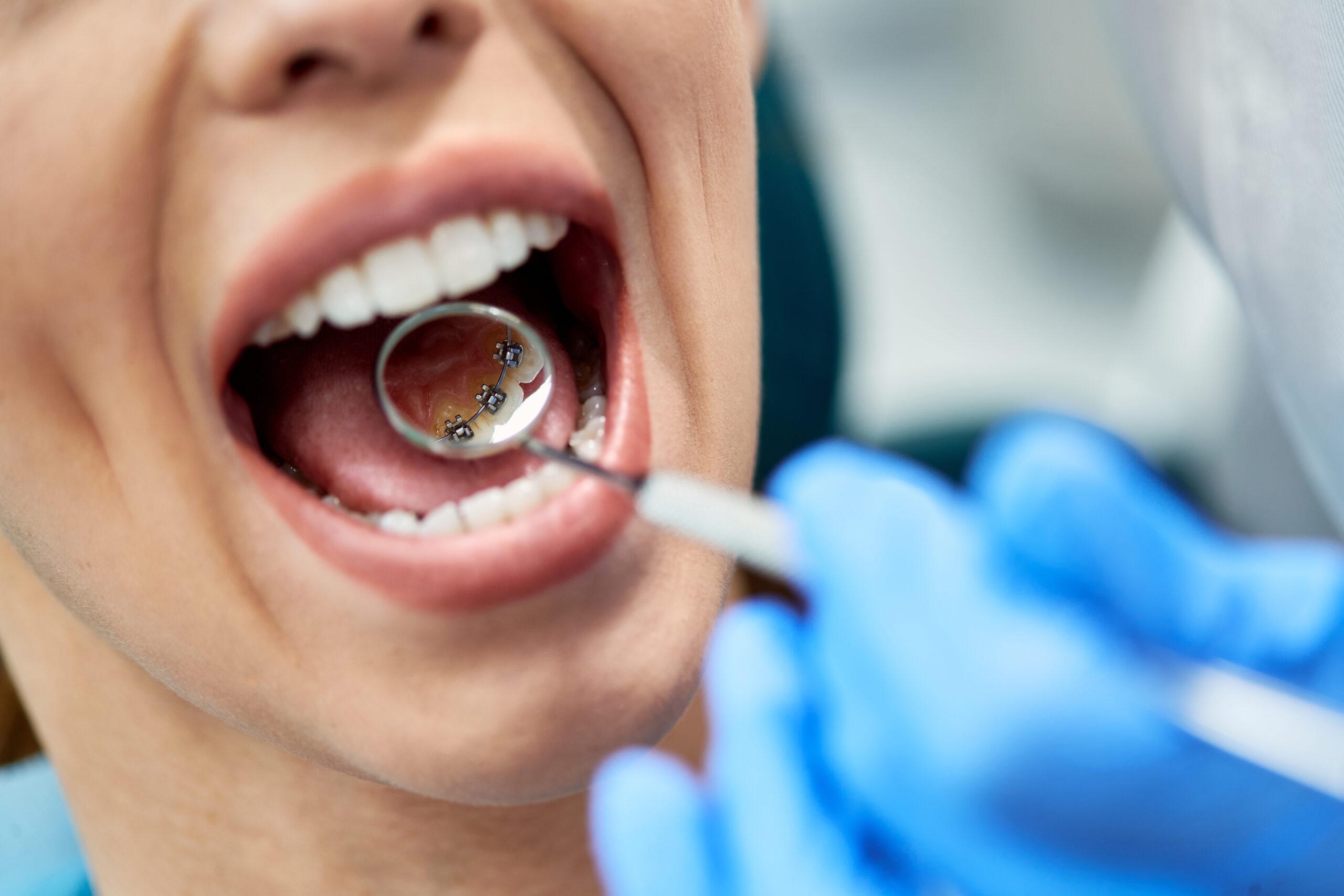The Ultimate Guide To Legacy Orthodontics
The Ultimate Guide To Legacy Orthodontics
Blog Article
Top Guidelines Of Legacy Orthodontics
Table of ContentsThe smart Trick of Legacy Orthodontics That Nobody is Talking AboutThe 30-Second Trick For Legacy OrthodonticsHow Legacy Orthodontics can Save You Time, Stress, and Money.Not known Details About Legacy Orthodontics Some Known Incorrect Statements About Legacy Orthodontics
In addition, we provide adjustable treatment schedules, flexible payment choices and a fun, satisfying experience.An orthodontist is a dentist educated to detect, protect against, and treat teeth and jaw irregularities. Orthodontists work with individuals of all ages, from kids to grownups.
Malocclusion, or misaligned teeth, can lead to dental problems, consisting of tooth degeneration, gum condition, and tough or painful eating. Not everyone is birthed with straight teeth. If you have a poor bite or huge rooms between your teeth, you might want to seek advice from a dental practitioner concentrating on orthodontic treatment.
Legacy Orthodontics for Dummies
( Image Credit Score: DigitalVision/Getty Images) Orthodontists make use of fixed and removable dental tools, like dental braces, retainers, and bands, to change the setting of teeth in your mouth. Orthodontic treatment is for oral irregularities, consisting of: Crooked teethBite problems, like an overbite or an underbiteCrowded teeth or teeth that are too much apartJaw misalignmentThe objective of orthodontic treatment is to enhance your bite.
While you may assume of orthodontists as mainly for children or teenagers that require braces, they can correct dental issues at any kind of age. Orthodontists attend college, oral school, and orthodontic school.
All orthodontists are dental experts, yet not all dentists are orthodontists. Orthodontic residency programs provide intensive, concentrated instruction for dental specialists. They concentrate on two locations: How to correctly and safely move teeth Exactly how to properly assist growth in the teeth, jaw, and faceOnce an orthodontist has actually completed training, they have the option to come to be board certified.
Getting The Legacy Orthodontics To Work
Malocclusion leads to tooth overcrowding, a misshapen jaw, or uneven bite patterns. Malocclusion is generally treated with: Your orthodontist attaches metal, ceramic, or plastic square bonds to your teeth.
Some people need a headgear to assist relocate teeth into line with pressure from outside the mouth. A retainer is a custom device that keeps your teeth in area.
They're most usually made use of on children. They can create extra area in the mouth without having to draw teeth. If you have a severe underbite or overbite, you may require orthognathic surgical treatment (additionally called orthodontic surgical procedure) to extend or shorten your jaw. Orthodontists make use of wires, surgical screws, or plates to sustain your jaw bone.
You might need to see an orthodontist if you have: Crowding or not enough area for every one of your teethOverbite, when your upper teeth come over your bottom teethUnderbite, when your base teeth are also far forwardSpacing or problems with gapsCrossbite, which is when your top teeth fit behind your bottom teeth when your mouth is closedOpen bite or a vertical gap in between your front base and upper teethMisplaced midline, when the center of your base and top teeth do not line up Correcting a dental malocclusion can: Make biting, eating, and speaking easierImprove the proportion of our face and your general appearanceEase pain from temporomandibular joint disordersDifferent your teeth and make them simpler to clean up, aiding stop tooth degeneration or cavities It's frequently a dental practitioner who first notifications misaligned teeth during a routine test.
The 5-Minute Rule for Legacy Orthodontics

Throughout your very first orthodontic examination, you'll likely have: A dental examPhotos taken of your face and smileDental X-raysPanoramic (360 level) X-rays of your face and headImpressions to webpage produce molds of your teethThese examinations will assist your orthodontist recognize exactly how to wage your treatment. braces. An orthodontist is a dental professional that's had training to treat your teeth and jaw
An orthodontist is concentrated on your bite, so something like a chipped tooth would certainly be managed by a dental expert. Orthodontists are focused on your bite, or the means your teeth fit together, and the straightness of your teeth.
Ever questioned how celebs always appear to have completely aligned teeth? The response frequently hinges on the knowledgeable hands of an orthodontist. What exactly does an orthodontist do? Orthodontists are dental specialists who concentrate on correcting abnormalities in the teeth and jaws. Their expertise surpasses just creating a beautiful smile; it reaches enhancing your general dental health and function.
The Only Guide for Legacy Orthodontics

While dental braces are the most commonly acknowledged orthodontic therapy, orthodontists have a diverse toolkit at their disposal. The particular method selected relies on the extent of the case, the client's age, and private preferences. These reliable dental braces utilize a system of brackets bound to the teeth and linked by cords.
These removable trays are tailor-made to considerably change the teeth's setting. In instances of slim jaws, palatal expanders can be used to produce space for proper tooth alignment.
Report this page